Florida Governor Ron DeSantis’s administration has imposed restrictions on the lighting of bridges in Florida.
Cities across the state are now limited to using the colors red, white, and blue for bridge illumination during certain times of the year. This decision impacts celebrations such as Pride Month which often utilize rainbow lighting.
“Freedom Summer” Restrictions Introduced
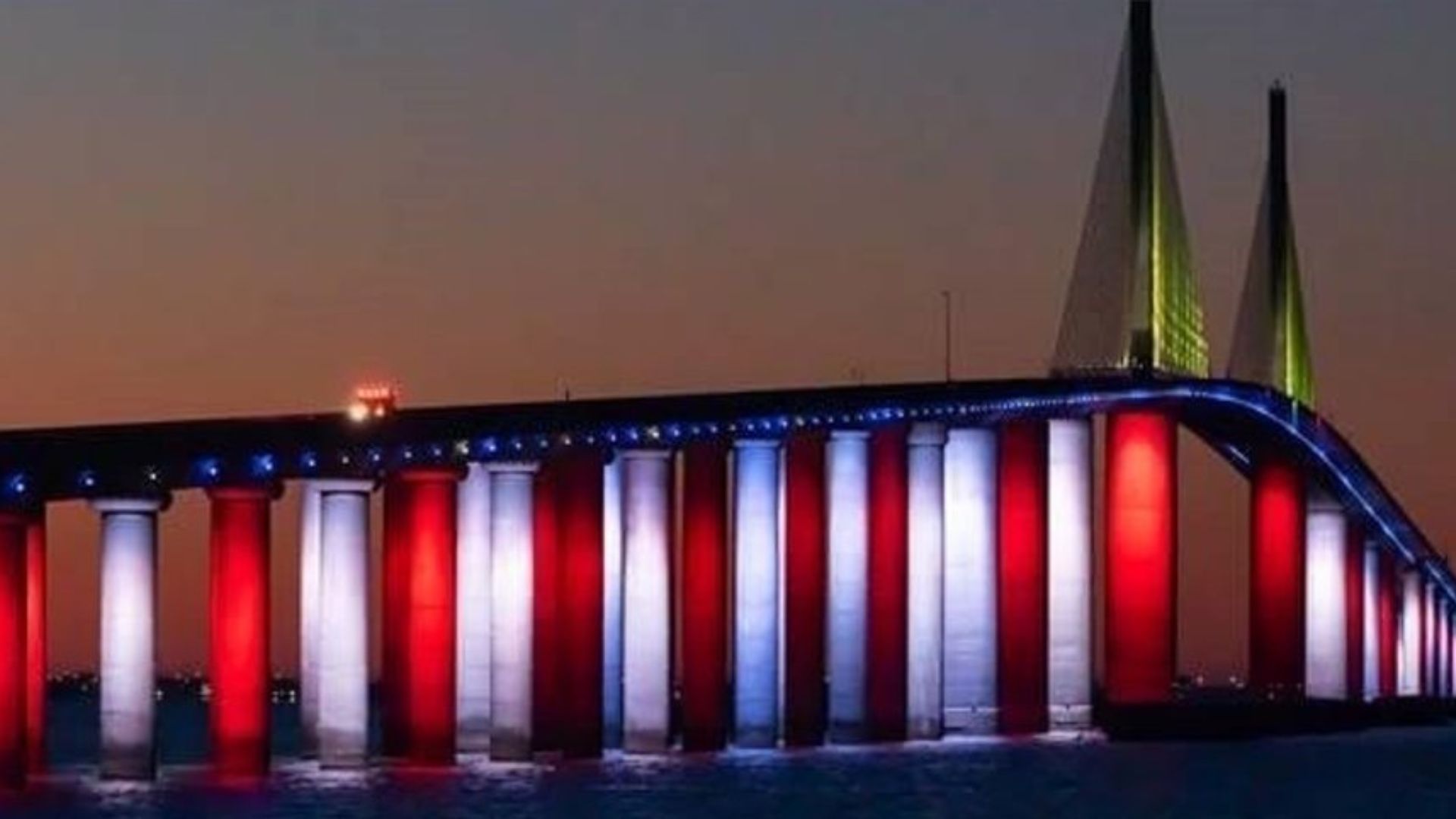
Governor DeSantis has termed the initiative “Freedom Summer,” during which the use of patriotic colors will be mandated from May 27 through September 2.
This was announced by the Florida Department of Transportation, specifying that only these colors can be used for bridge lighting during the mentioned period.
Official Announcement on Social Media
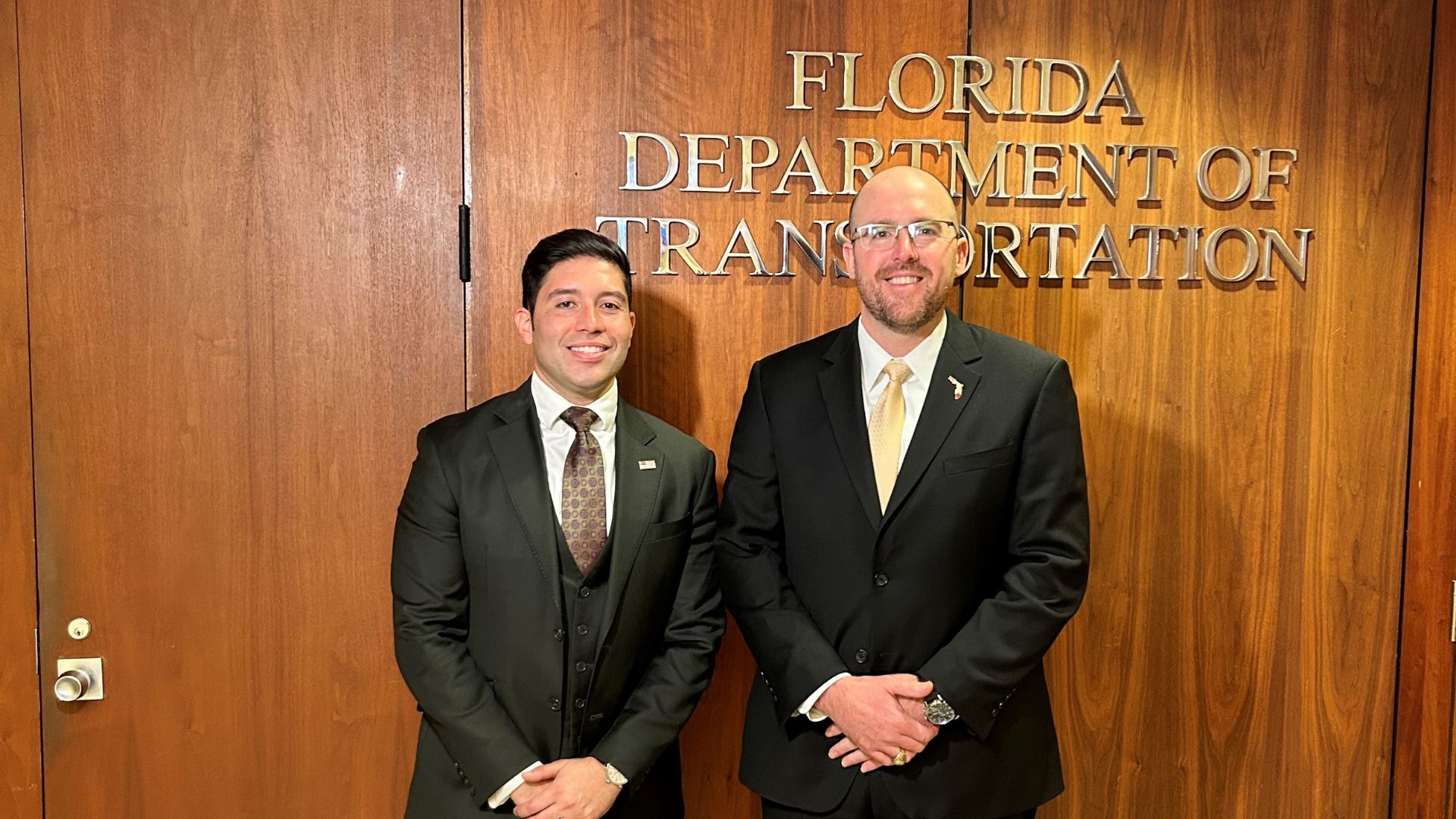
Florida Department of Transportation Secretary Jared Perdue shared the new lighting policy on social media, emphasizing the patriotic theme.
“As Floridians prepare for Freedom Summer, Florida’s bridges will follow suit, illuminating in red, white, and blue from Memorial Day through Labor Day!” Perdue wrote on X, formerly Twitter.
The Implications for LGBTQ+ Events
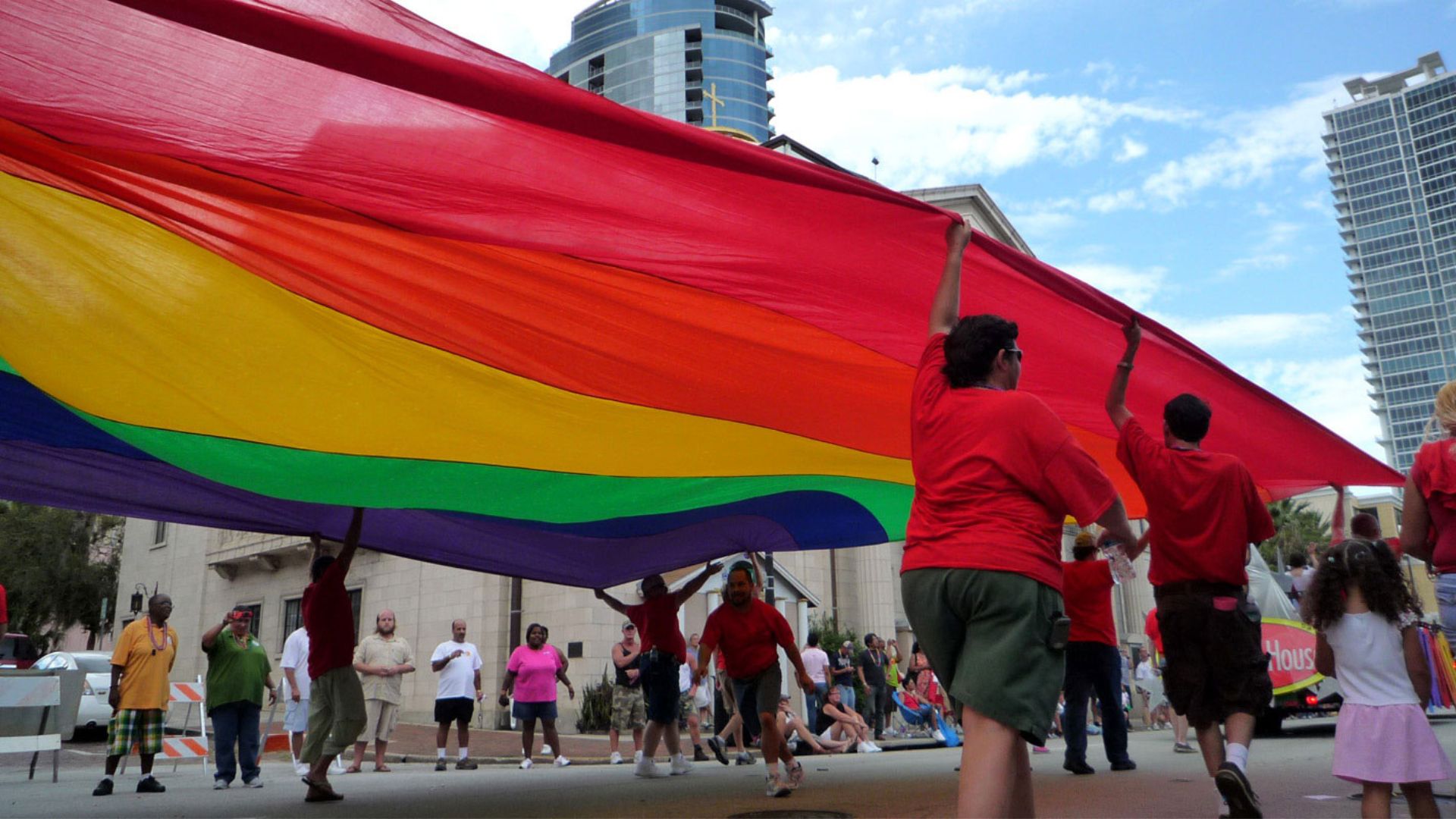
The decision to limit bridge lighting to red, white, and blue is seen by many as a direct response to events that feature rainbow lighting, particularly during Pride Month.
This change follows several laws that have targeted the LGBTQ+ community in Florida in recent years.
Community Response to the Change
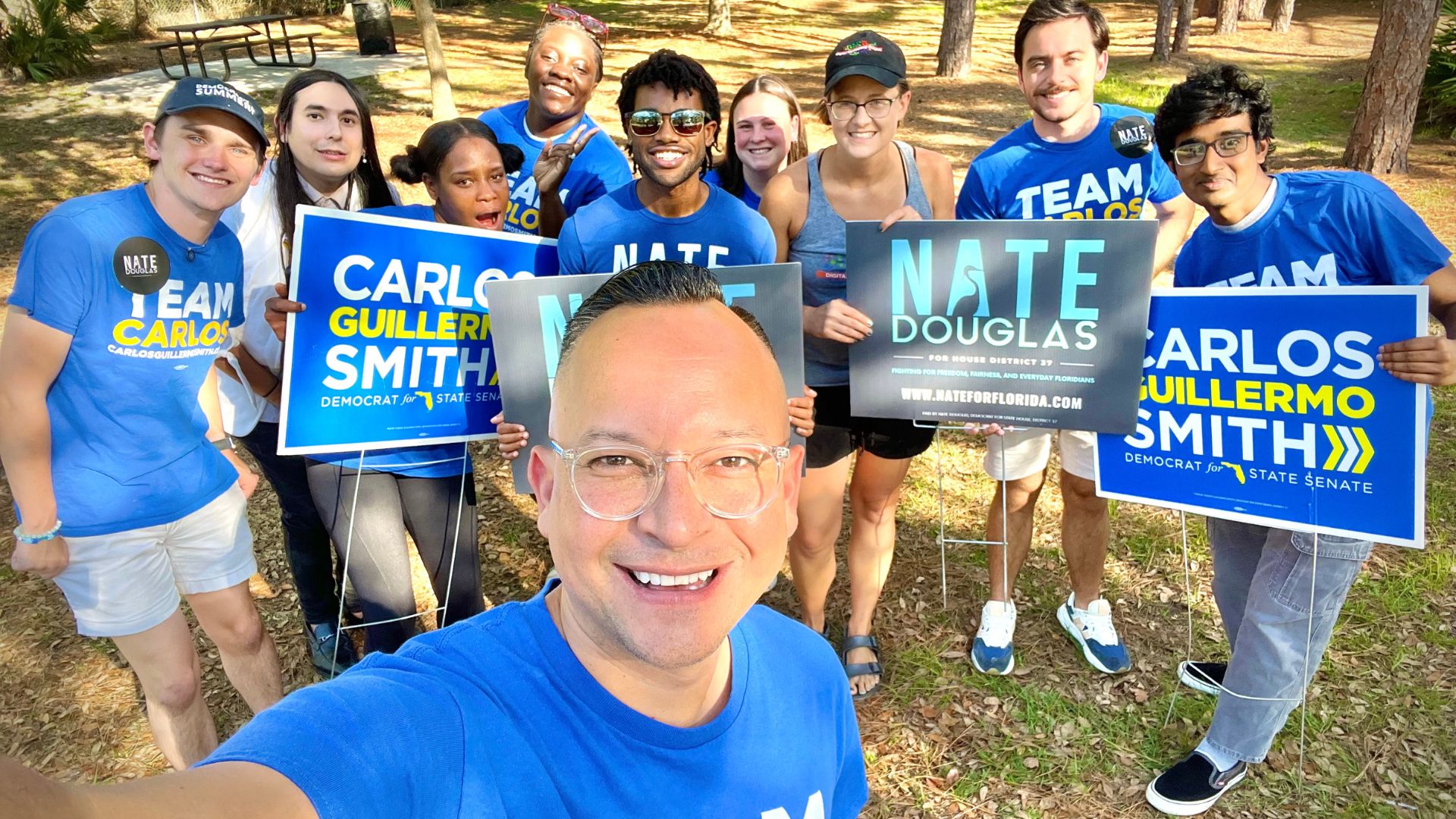
Community leaders have expressed their intentions to continue celebrating diversity and inclusion despite the new lighting restrictions.
“LGBTQ Floridians will proudly raise our flags even higher and our lights will only shine brighter in the darkness they’ve created,” said Carlos Guillermo Smith, Equality Florida’s senior policy adviser.
Specific Impact on Sarasota’s Ringling Causeway Bridge
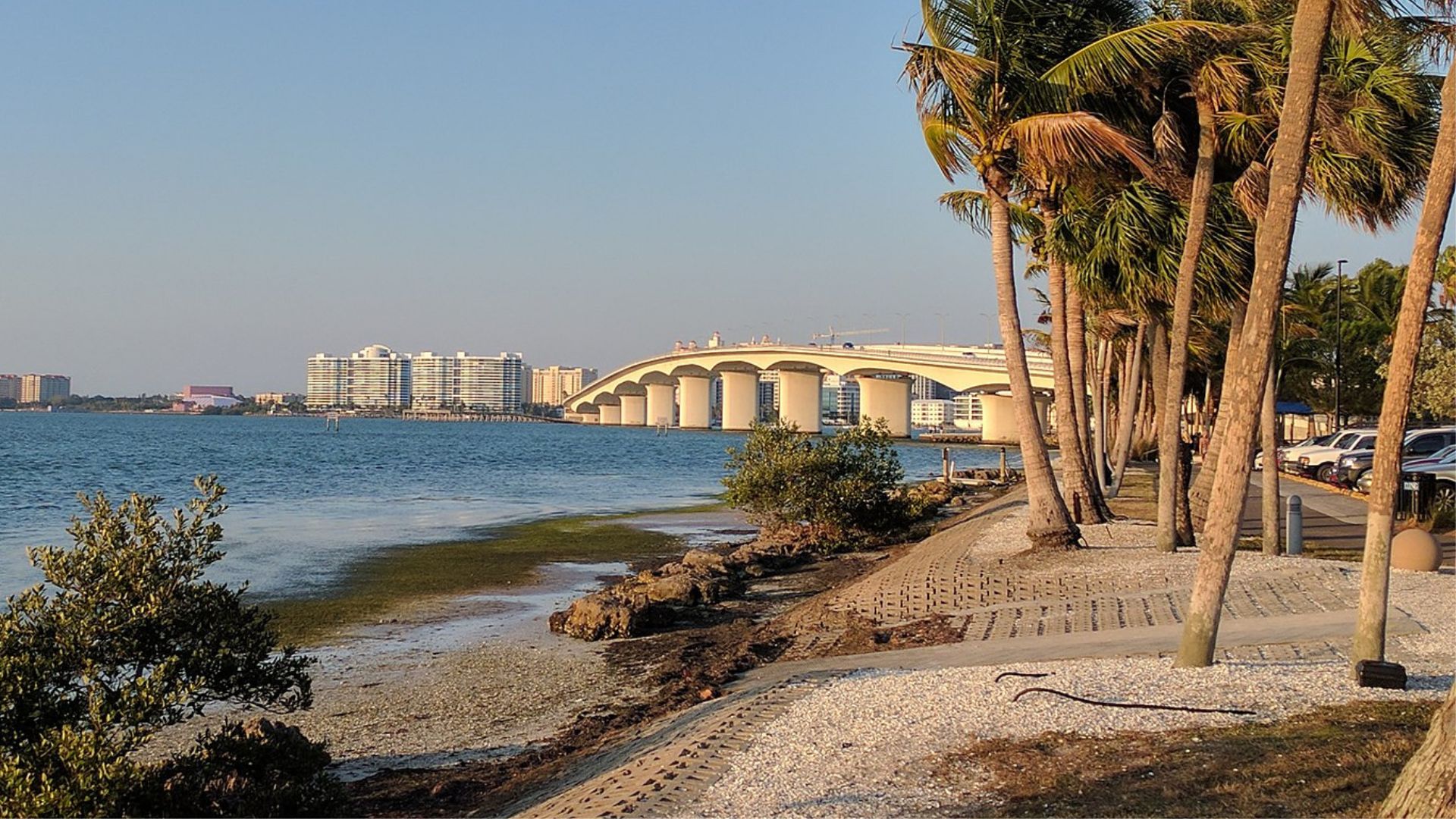
The Ringling Causeway Bridge, which usually displays rainbow colors for one week in June, will now be limited to red, white, and blue.
The bridge also marks other occasions like National Gun Awareness Month and Women’s Equality Day with different colors, which will also be affected.
City Officials’ Frustration
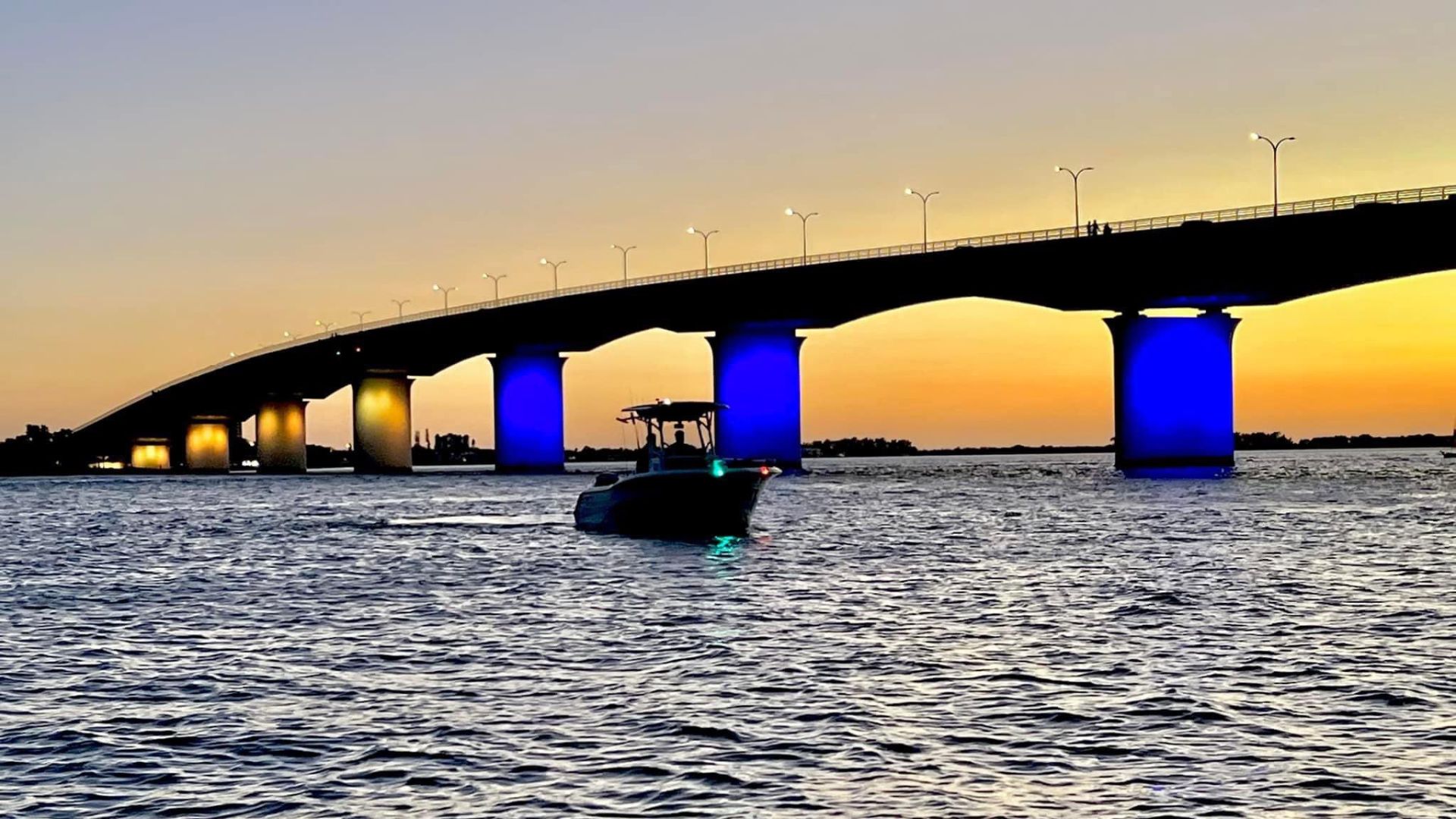
Sarasota Mayor Liz Alpert shared the difficulties local governments face due to the state’s control over bridge lighting.
“It’s very popular,” Alpert said, referring to the diverse lighting, “But the state has control of the bridge, so we don’t control the lights.”
Lack of Response from State Officials
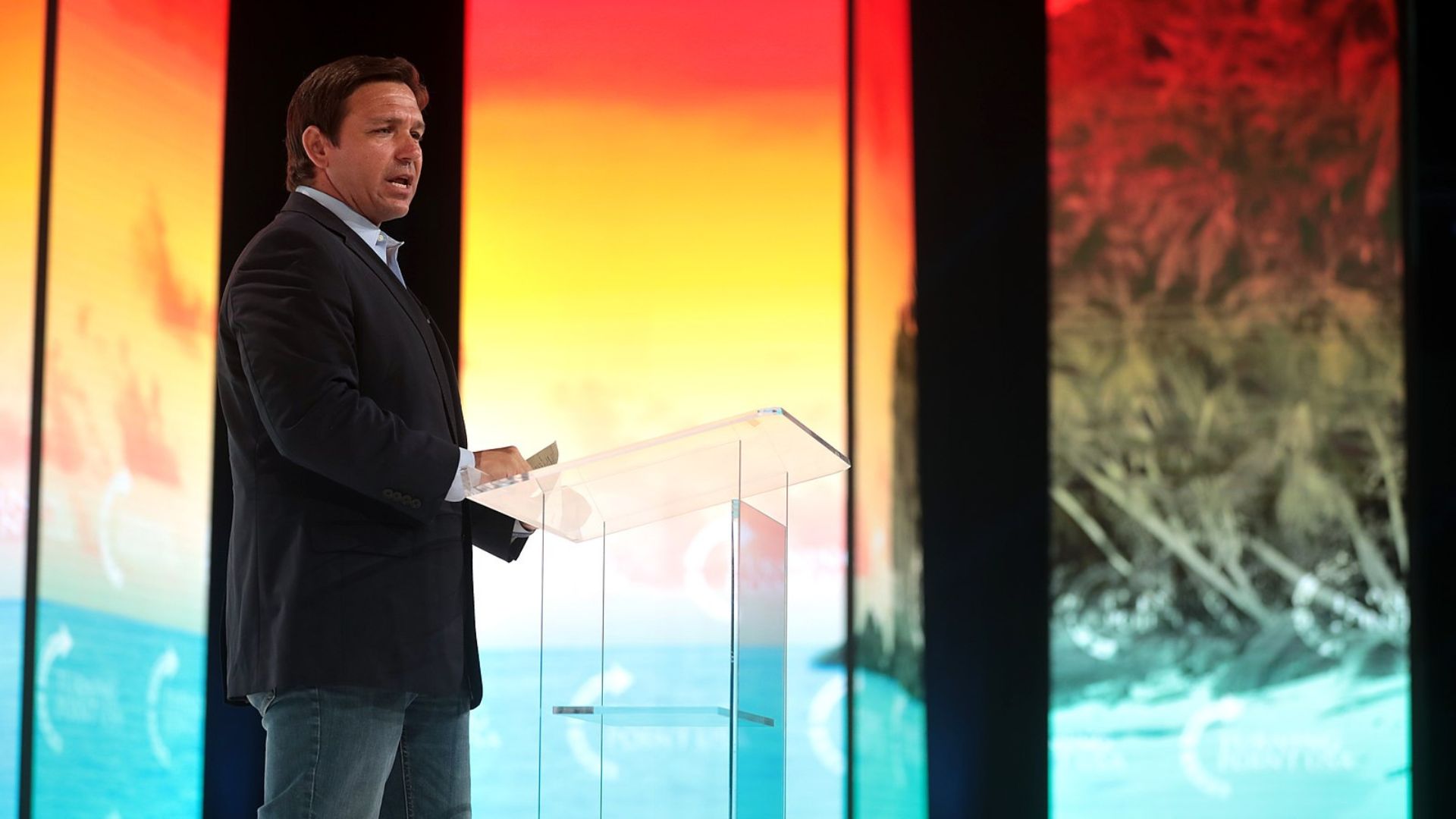
Inquiries about the change in lighting policy have been met with silence from state officials.
Neither Perdue’s office nor DeSantis’s communications office returned requests for comment on the matter.
Broader “Freedom Summer” Initiatives
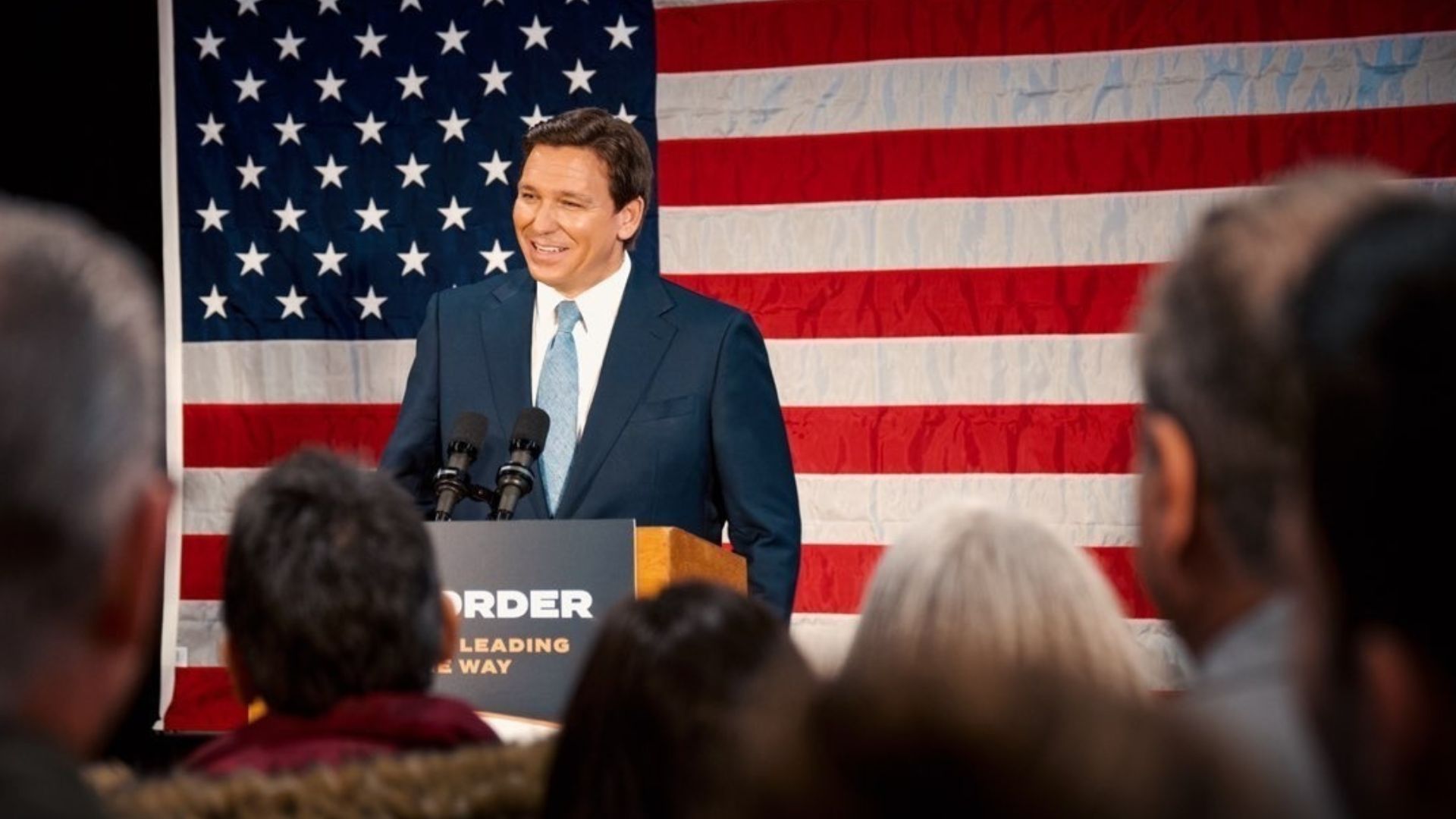
In addition to the bridge lighting policy, “Freedom Summer” includes a tax holiday that allows Floridians to save on outdoor recreation equipment and on entrance fees to state parks and museums.
These initiatives are part of the governor’s office’s broader effort to promote what they call the freedom of the state.
Background of the Lighting Decision

The change to bridge lighting policies was influenced by complaints from local leaders like Manatee County Commissioner Mike Rahn, who objected to rainbow displays on bridges.
Subsequently, the statewide mandate for patriotic colors was implemented.
Historical Significance of “Freedom Summer”
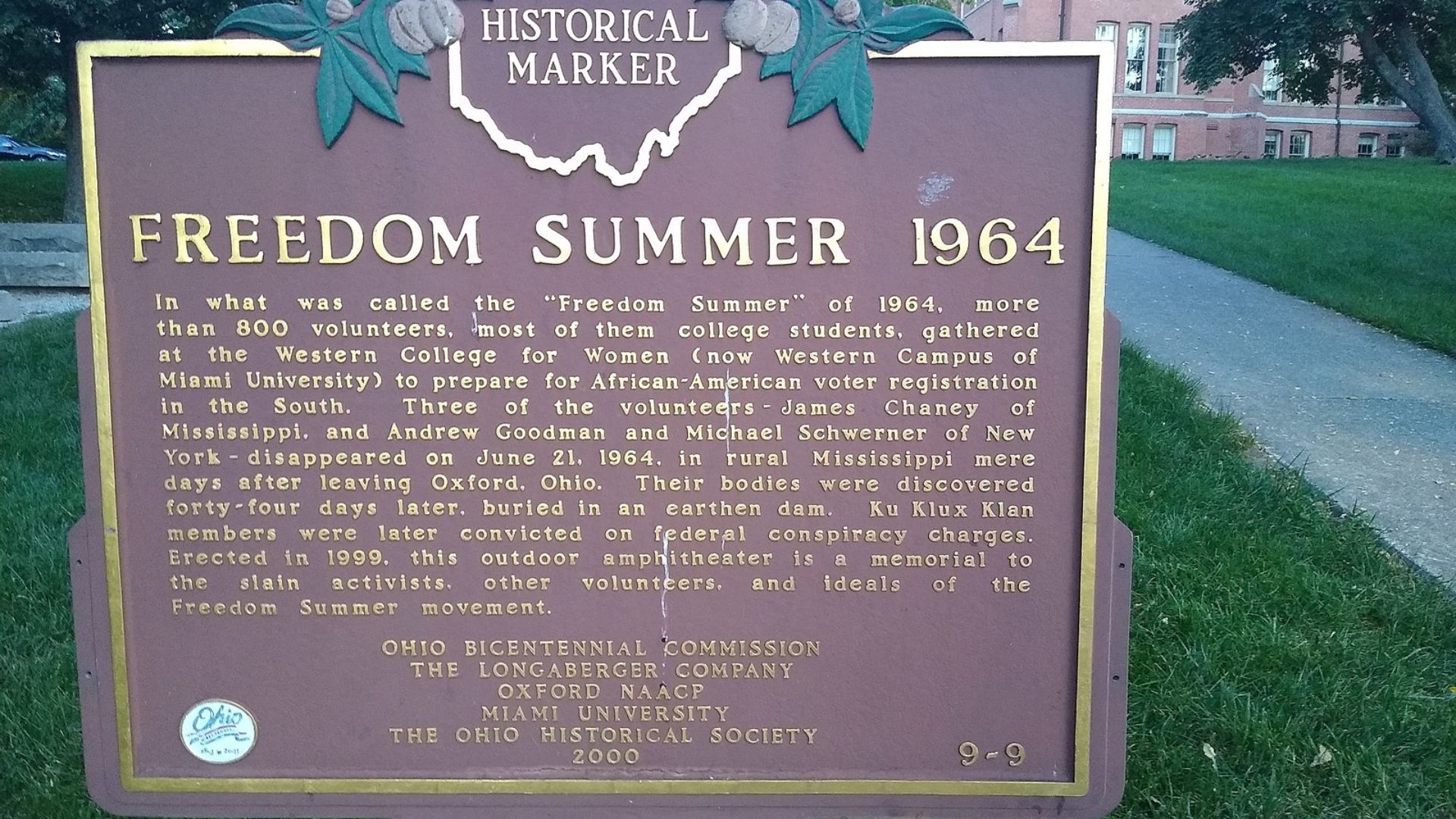
The term “Freedom Summer” recalls the 1964 civil rights campaign aimed at registering Black voters in Mississippi.
The use of this term by DeSantis’s administration has drawn attention due to its historical significance and the current context of its application.
The Impact on Community and Culture

In Jacksonville, the colorful lighting of the Acosta Bridge is considered a form of public art and is crucial for marking various events and awareness campaigns.
The restriction to only three colors significantly alters the cultural and visual landscape of the city, as noted by community leaders.
